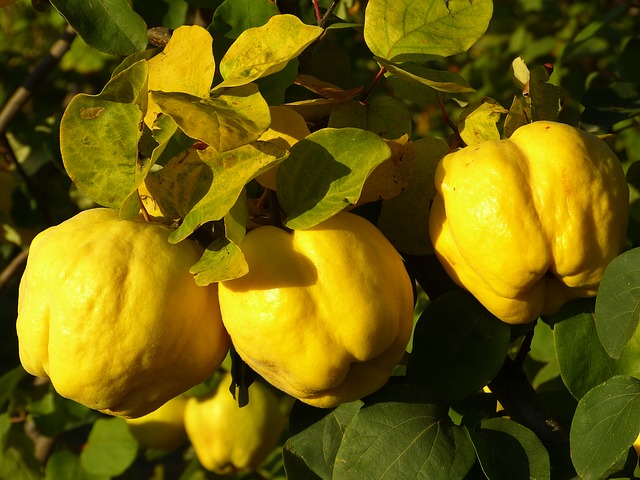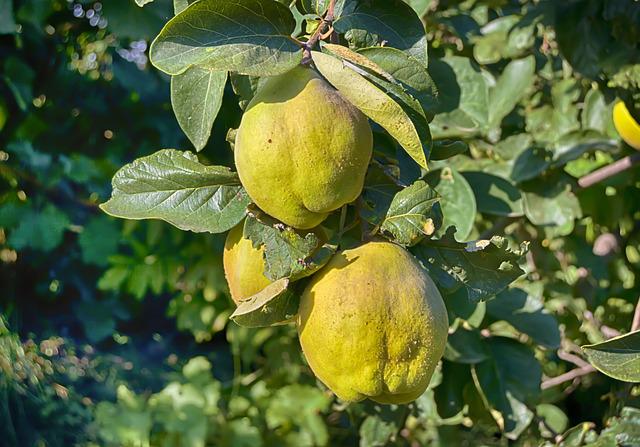Where Do Quinces Grow? Know the Growing Conditions for Quinces to Grow

Quince trees are best suited for areas with partial shade or afternoon sun because they don’t do well in direct sunlight. They should be pruned frequently to keep them manageable and upright and fertilized every three years with a balanced fertilizer specifically formulated for quinces.
Table of Contents
Quince Hardiness Zone
Quince trees can survive in USDA plant hardiness zones 5 through 9. Growing quince trees isn’t too difficult if you provide the right environment. Find a spot that gets lots of sunlight and has good soil. Although quinces can grow in moist or dry soils, they do best in well-drained environments. The genus Cydonia includes only the quince tree, which is native to Iran, Turkey, and maybe even Greece and Crimea.
Location and Sun Requirement
Despite their resilience, quinces require a warm, sunny, and protected location from flourishing. The flowers open early and are therefore vulnerable to frost, and the fruit requires the sun to ripen. Planting in areas prone to frost damage is not recommended. They can be grown freely in southern England or mild coastal or urban sites. Planting them against a south or south-west facing wall provides protection from the wind and cold, which is ideal in the north or exposed sites.
You can grow quince in large containers with soil-based potting mix, and compact forms can avoid the hassle of digging holes in the ground.
Temperature and Humidity
Gardeners in zone 4 sometimes succeed in growing flowering quince, especially if they choose cultivars bred for their climate. The plant is reliably hardy in zones 5 to 9, but it can sometimes be grown in zone 4. While mature shrub specimens can withstand temperatures as low as -25 degrees Fahrenheit, tender shoots and stems may not survive in extremely cold conditions. Once established, flowering quince can withstand various temperatures and humidity levels.
Soil Condition
Although quinces can survive in a wide variety of soil types, they thrive in rich, moist soil. They thrive when planted near a water source, such as a pond or stream, but they don’t like being flooded during winter. It is important to amend light or shallow chalky soils with a lot of organic matter before planting.
The term “mulch” refers to a material that is spread over the soil from late fall to late winter and is at least 5 centimeters (2 inches) thick (Nov-Feb). Frost protection, plant growth enhancement (via nutrient addition or increased organic matter content), decreased water loss from the soil, aesthetic value, and weed control are just some of the many uses for mulch. Well-rotted manure and compost, chipped bark, gravel, grit, and slate chippings are good examples.
When to Plant Quince?

The simple answer is “all year round.” However, if you can find a potted Quince, you should be able to transplant it successfully in the late spring or summer; by that time, it will be well established and should survive the winter without any further attention from you. Even though it is still acceptable to plant bare-rooted fruit and orchard trees during the dormant season, You wait until March or April if you live in a particularly cold climate. If you are unsure of when you will be ready to plant your tree, you can store it in a bucket of constantly damp compost in a cold greenhouse or storage shed.
Although quince can be planted at any point during the growing season, it is best not to do so during periods of extreme heat and dryness. It’s best to plant in the early spring when it is still dormant. Quinces will grow slowly but steadily and can become large enough to eat within ten years.
